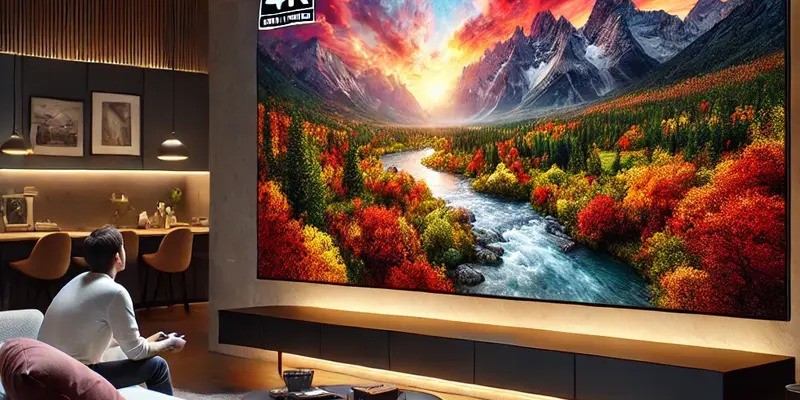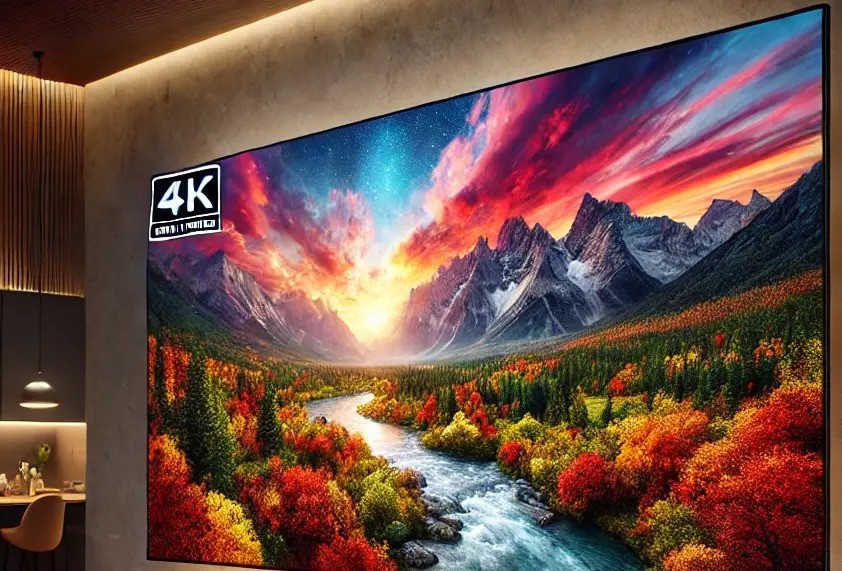Introduction: Why TV Resolution Matters?
When buying a new TV, one of the most important factors to consider is resolution. It directly impacts picture quality, determining how sharp and detailed the images appear. Whether you’re watching movies, gaming, or streaming your favorite shows, the right TV resolution can significantly enhance your viewing experience. But what exactly makes a good TV resolution, and how do you choose the best one for your needs? Let’s explore.
Understanding TV Resolution
TV resolution refers to the number of pixels that make up the display. The more pixels a screen has, the higher the image quality and clarity. Today, the most common screen resolutions include:
- 1080p Full HD (1920 x 1080 pixels) – Once the standard, now becoming outdated.
- 4K Ultra HD (3840 x 2160 pixels) – The most popular resolution for modern TV screens.
- 8K Ultra HD (7680 x 4320 pixels) – A cutting-edge option with 33 million pixels, but limited content availability.
Each of these resolutions affects how detailed the visuals appear, especially on larger TV screens.
How Many Pixels Make a Difference?
The number of pixels determines how detailed an image can be. 4K TVs provide four times the resolution of 1080p Full HD, making them ideal for larger screens and immersive viewing. Higher resolution means sharper images, but it’s not the only factor—contrast ratios, HDR, and refresh rates also play a role.
Best Resolution for Different Needs
Your ideal TV resolution depends on how you plan to use your TV. Let’s break it down:
- For Streaming: Services like Netflix, Amazon Prime, and Disney+ offer a vast library of 4K content. If you frequently stream movies and shows, a 4K Ultra HD TV is the best choice.
- For Gaming: Modern gaming consoles like the PlayStation 5 and Xbox Series X support 4K resolution with high frame rates, enhancing smooth gameplay.
- For Physical Media: If you own an Ultra HD Blu-ray player, a 4K TV ensures you get the best possible image quality.
- For General Viewing: If you’re mostly watching cable TV or older DVDs, 1080p Full HD might be sufficient, but 4K TVs offer better future-proofing.
Factors Beyond Resolution That Matter
While screen resolution is crucial, other factors significantly impact picture quality:
- HDR (High Dynamic Range) – Improves color accuracy and brightness.
- Contrast Ratios – Determines how well the TV displays dark and bright areas.
- Panel Type – OLED and QLED panels offer superior visuals compared to standard LED TVs.
It’s also important to address common TV display issues. For example, if you’ve ever noticed horizontal lines on a TV screen, it could be due to hardware malfunctions or display issues. Learn more about it here.
Is 4K TV the Best Choice Today?
In 2025, 4K TVs are the sweet spot for affordability and performance. They provide excellent image quality, are widely supported by streaming services like Netflix, and work well with gaming consoles. While 8K Ultra HD TVs exist, they have limited 4K content support and are much more expensive.

Conclusion: Choosing the Right TV Resolution for You
So, what is a good TV resolution? If you want the best balance of screen quality, affordability, and content availability, 4K Ultra HD is the way to go. However, factors like contrast ratios, HDR support, and higher resolution screens should also be considered. Whether you’re upgrading for gaming, streaming, or general viewing, selecting the right TV resolution ensures an immersive experience tailored to your needs.
